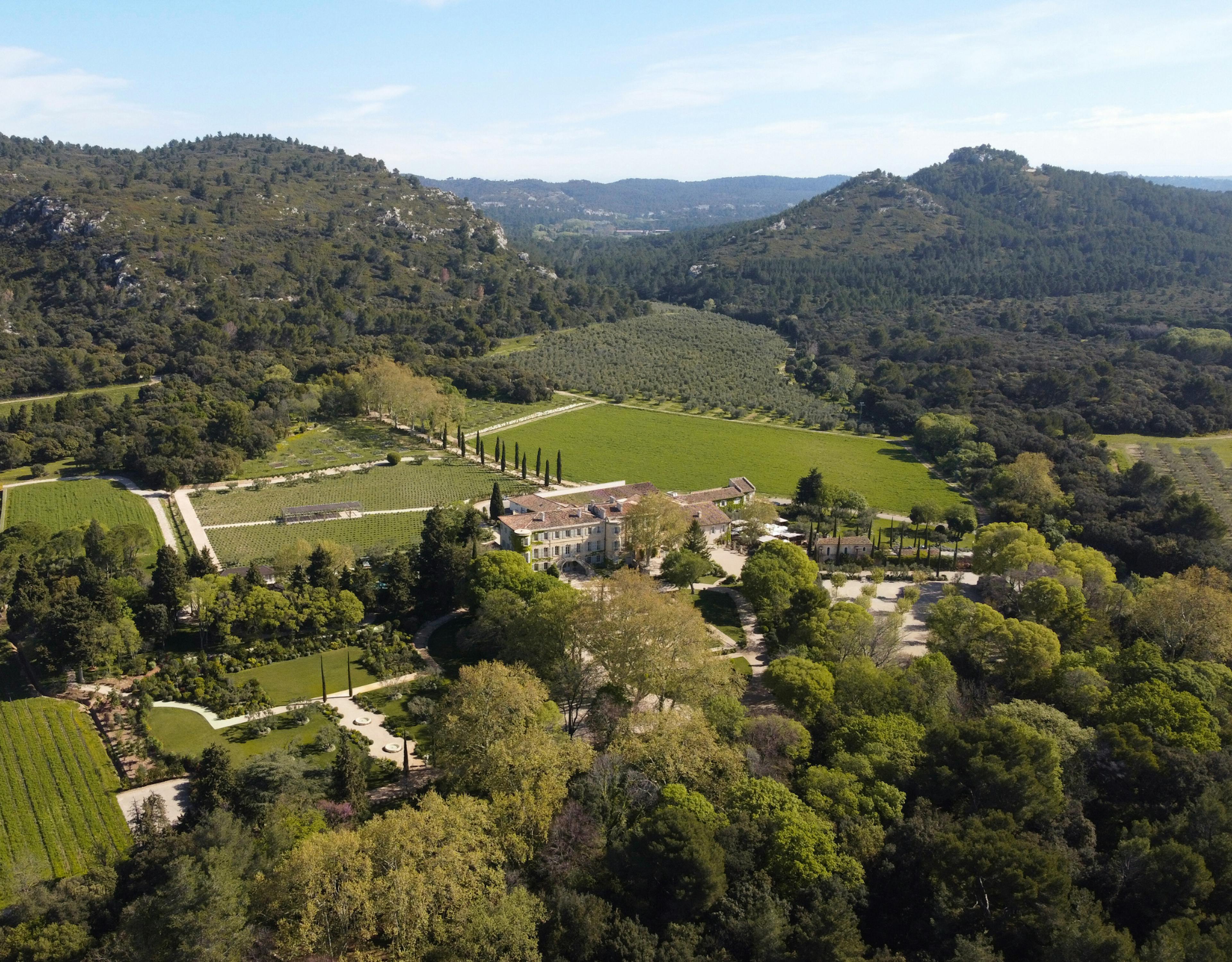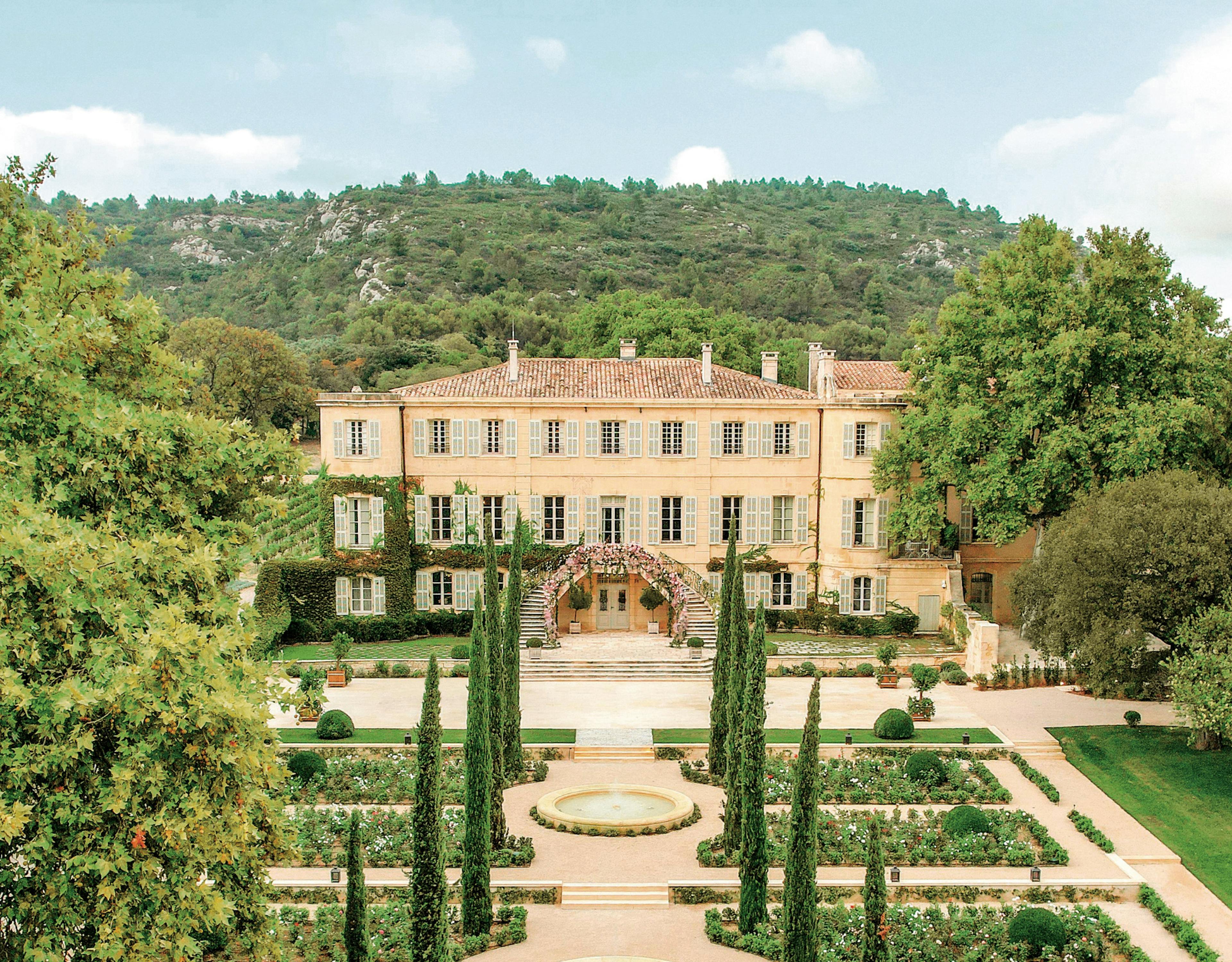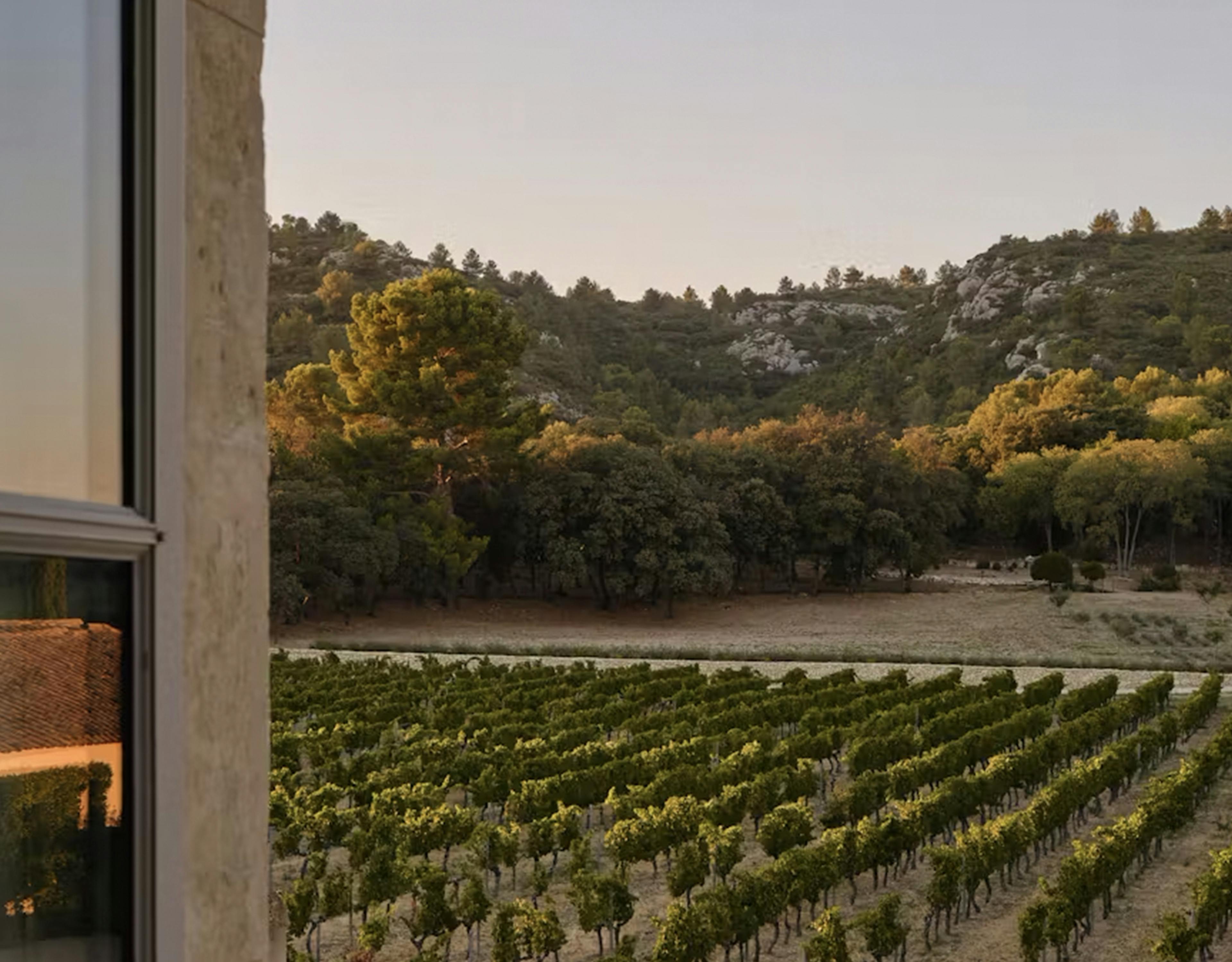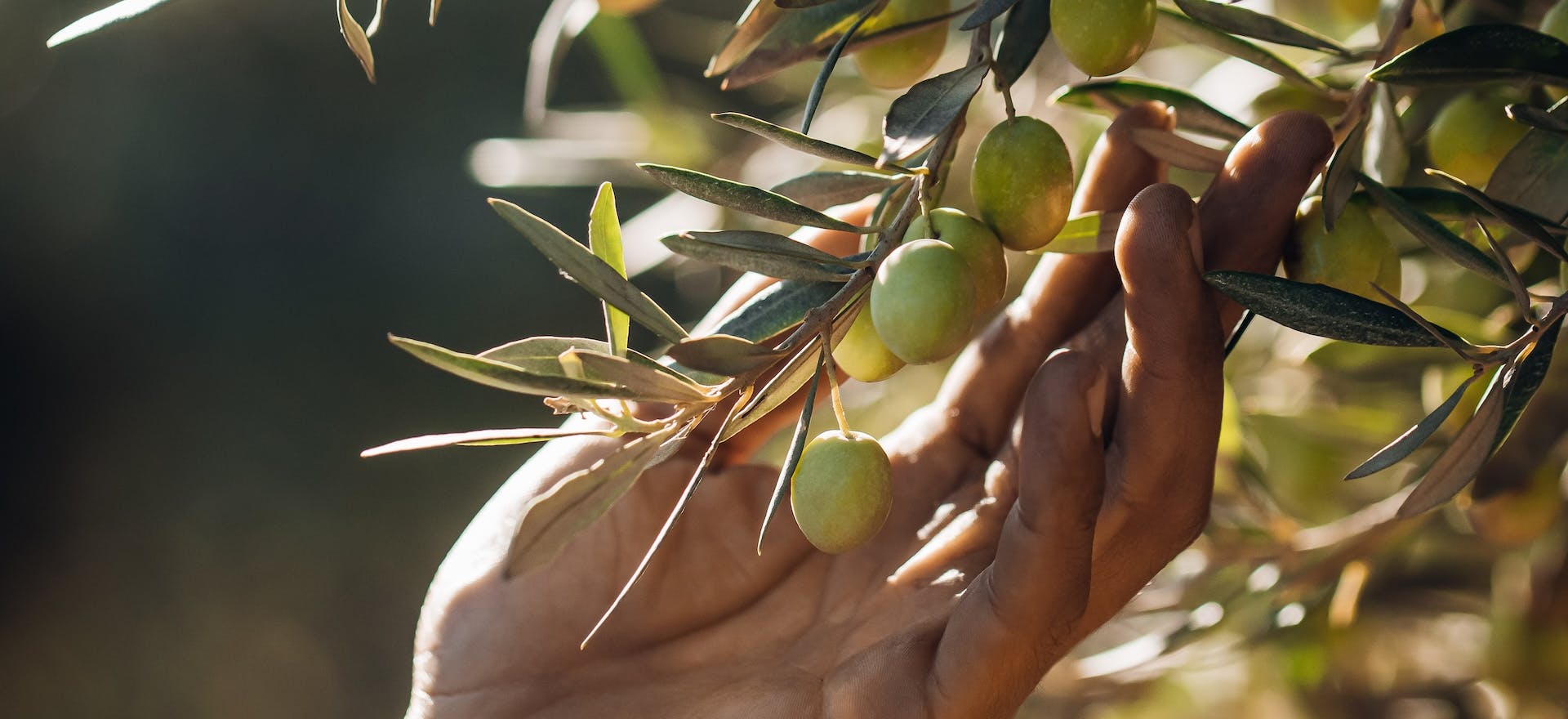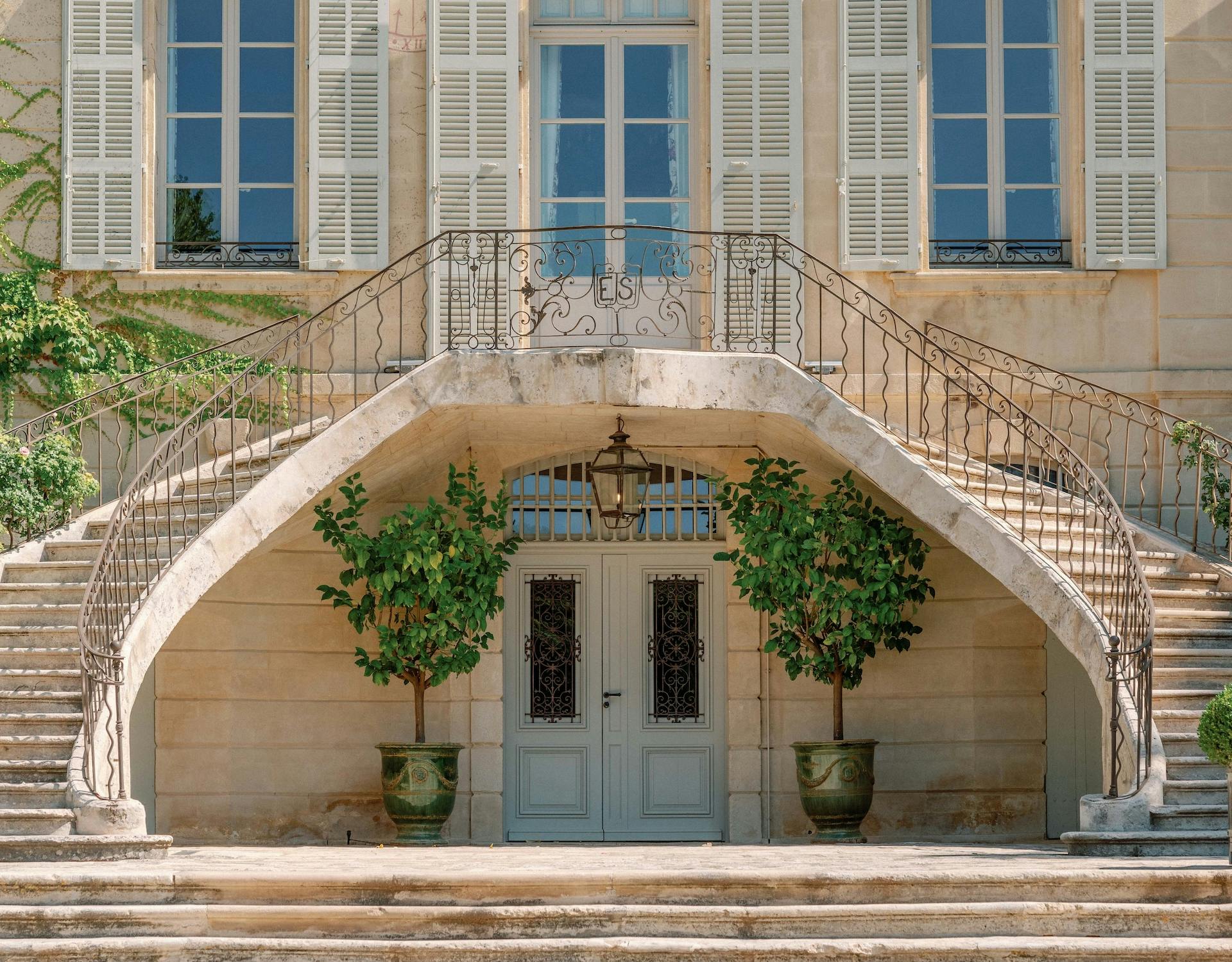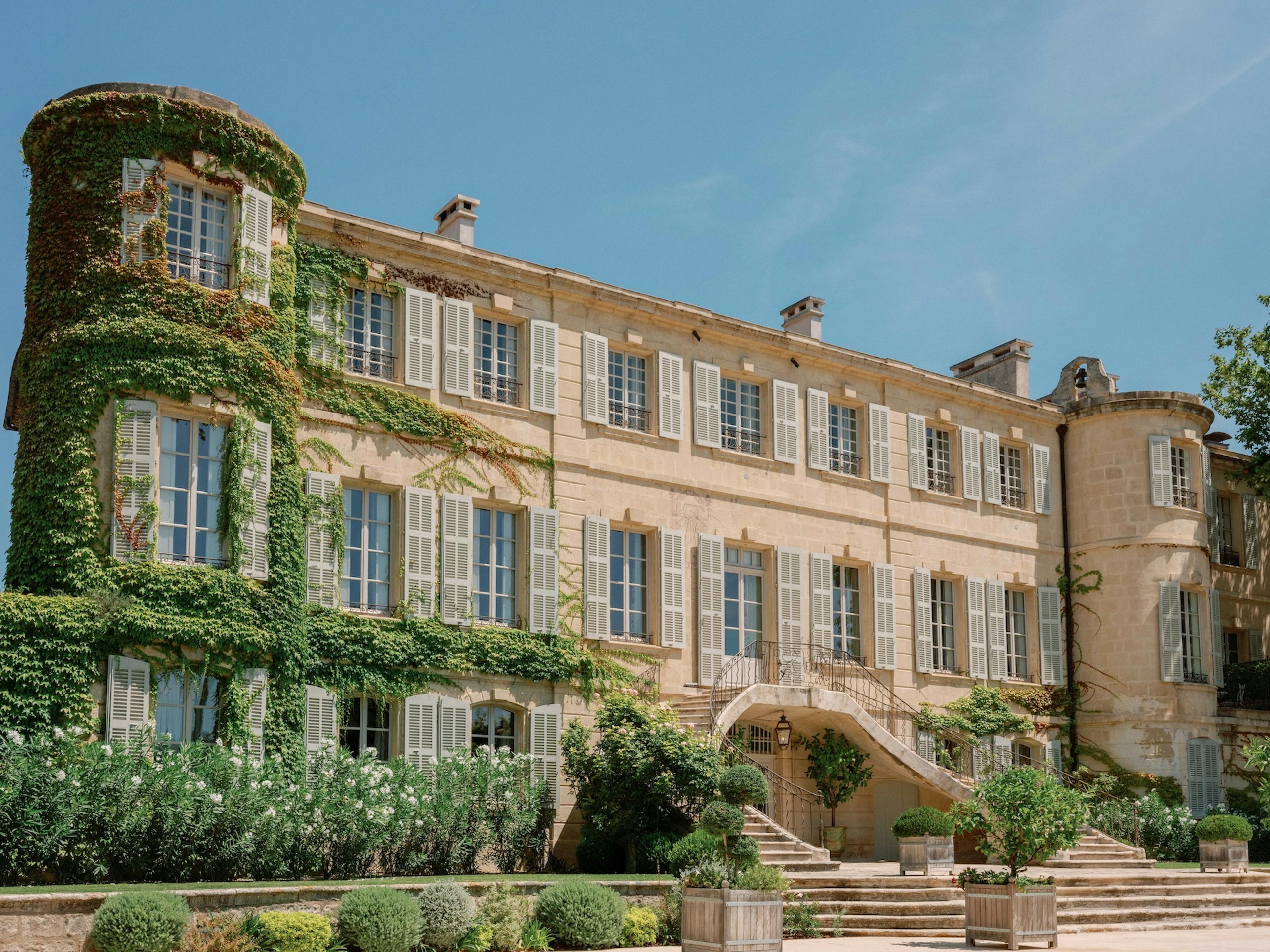
The History of Château d’Estoublon
Set within 300-hectares of vineyards and olive groves, Château d’Estoublon has lived to the rhythm of the harvests since 1489. In the heart of the Alpilles Massif, discover a 17th-century Château with a history as rich as the Provençal terroir on which it stands.
A mediaeval legacy
The history of the Château d'Estoublon dates all the way back to the Middle Ages, when the property – then known as Le Grand Mas – was under the control of the noble Baux family. In 1489 the estate was bought by the de Grilles, another noble lineage in whose care the estate would remain for the next four centuries. Although almost completely destroyed during the capture of Les Baux in 1561, this wasn’t the end of the Le Grand Mas story – merely the end of one chapter.
Rebirth and renewal
Despite the tumult of war, the de Grilles family retained possession of the estate and set about rebuilding the manor in 1641. As the reconstruction was nearing its completion, the family was granted a new hereditary title, becoming the Marquis d’Estoublon – and so the grand new building, together with its surrounding estate, were reborn as the Château d'Estoublon.
Fields and vineyards were replanted, and life returned to the château. With its olive groves producing abundant fruit, in 1731 the first oil mills were built on the property, and Estoublon’s proud history of olive oil production began in earnest.
Changing fortunes
In 1900 the château was sold to a Parisian antique dealer, who removed many of its ornaments and woodcuts before selling off the estate to a local shepherd. Estoublon lay empty for some years, its lands falling into disrepair, until in 1932 it passed into the hands of the Lombrage family.
Having stood proudly for centuries, in 1956 the estate’s olive groves were ravaged by a devastating frost. Fortunately, the Lombrage family took it upon themselves to replant and save the groves; today, Airelles carries on this precious heritage, tending to the estate’s ancient trees and vines with expert care.
Living heritage
In June 1966, the château’s splendid façades and rooftops were added to France's national registry of historic monuments, in recognition of their unique architectural value. When Estoublon joined the Airelles collection in 2019, work would begin to restore the château and its grounds to their former splendour.
Under the meticulous care of Christophe Tollemer, Airelles’ renowned interior architect, the chateau’s interiors have been furnished and decorated using the finest materials, blending a traditional aesthetic with discreetly modern features. The château’s gardens, vineyards and olive groves are once again teeming with life, bringing forth the superb varieties of grapes and olives used to craft the estate’s inimitable wines and oils.
History in motion
Today the story of Estoublon is one of regrowth and innovation, as the estate’s groundskeepers and gardeners draw upon its heritage and tradition in order to ensure production of the highest quality.
Using sustainable and organic farming methods, which include grass cover and bio-grazing to protect and enrich the soil, along with natural pest control and fertilisation, the Château d’Estoublon carries on its ancient legacy, producing wines and olive oils of the finest quality, in perfect harmony with the spectacular natural landscapes that surround it.
